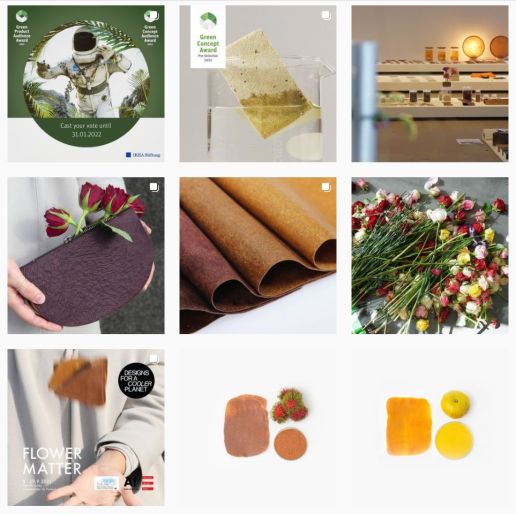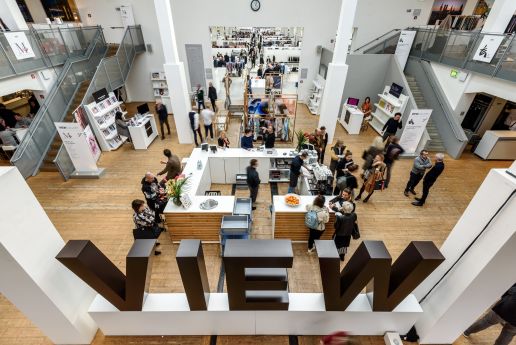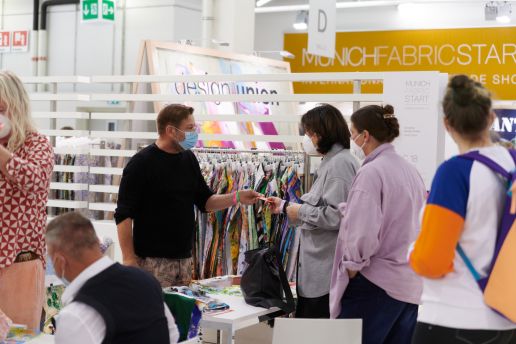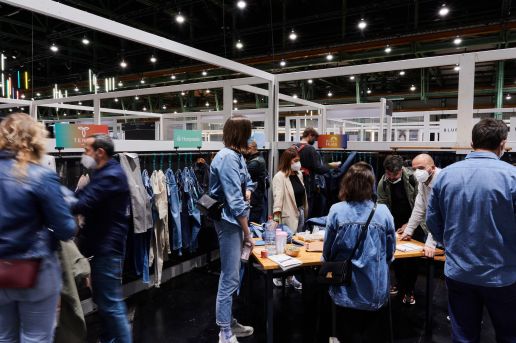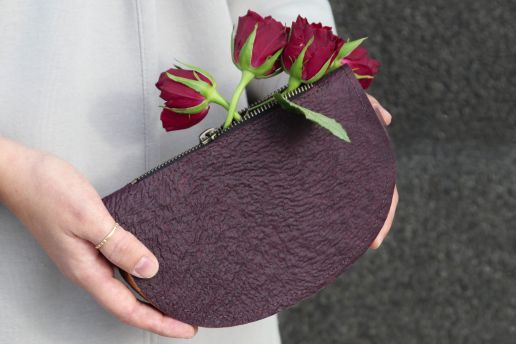

Whether for the home, in a restaurant or as a gift for loved ones – beautiful bouquets of flowers bring joy in many situations in life. The problem: flowers planted for commercial sale have a very limited lifespan. Once they are in the vase, they wilt after a few days and are thrown away – about 40 percent of the flowers are never sold, so florists have to dispose of them themselves. Irene Purasachit, a designer living in Finland, gives these flowers a second life – driven by the vast amounts of flower waste that are produced daily at the markets in her home country of Thailand.
She recycles them into fabric and paper, from which she makes sustainable bags, purses or flower paper. This not only creates new, biodegradable and plastic-free products – it also saves tons of waste.
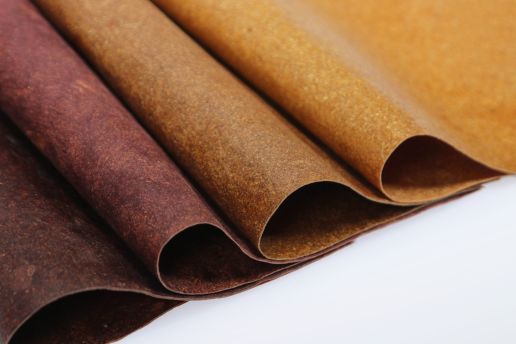
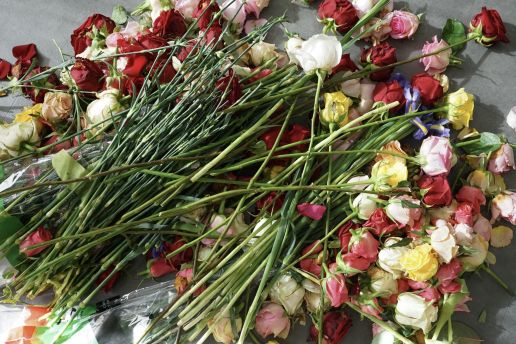
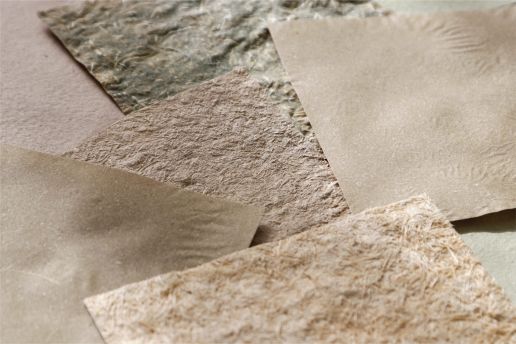
For her Flower Matter project, she creates, among other things, “Flower Paper”, a paper made of 100 percent flower stems and leaves. Unique one-offs: the paper varies in colour and structure – depending on the type of flower used. With her “Flaux” material – the word stands for Flower and Flexible Sheet – she creates an all-natural, leather-like fabric that is then made into purses and bags for her collection.
For Flaux, she mainly uses roses and carnations. The colour palette: natural, classic reds, soft pinks, bold orange and soft yellows – there’s something for everyone.
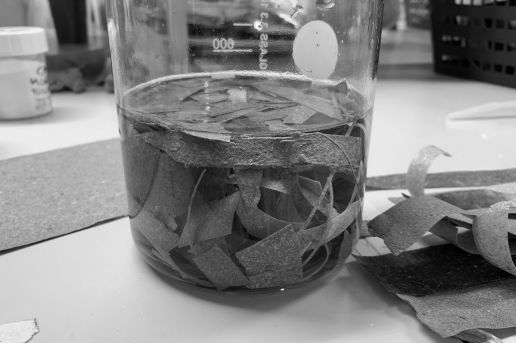
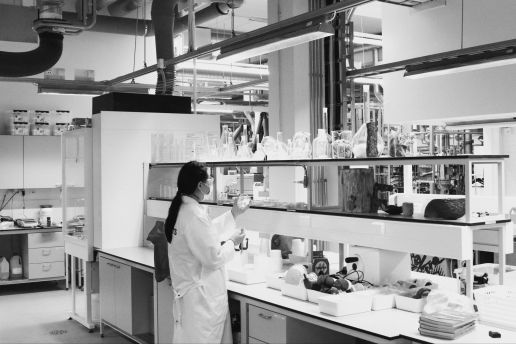
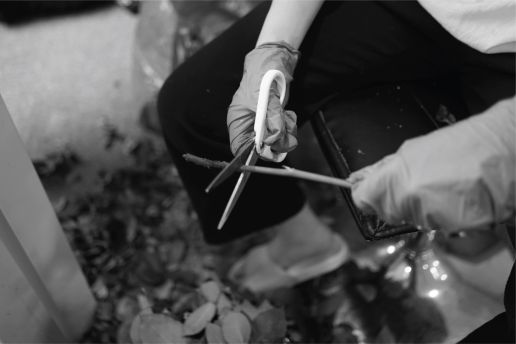
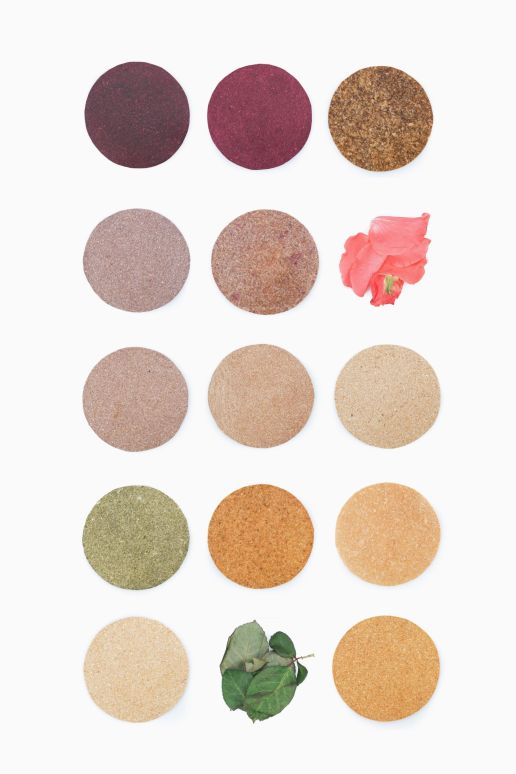
“Even though I am still in a considerably early stage of the materials’ development, I have been facing many dilemmas on what really is sustainable throughout my journey of Flower Matter. For example, how can I create a completely natural, biodegradable material from flower waste that can live up to the market’s high expectations on its properties (extremely durable, waterproof, etc)? Ultimately, I learned that it is extremely hard to maintain all expectations. Aside from my intention to continue developing my flower materials as ecologically as possible, I also want to challenge the market’s perceptions toward innovative materials. I do think that in order to move forward to a more sustainable world, we must learn to use and to work with new materials in a different way than the highly industrialised processes we are used to now.”
– Irene Purasachit
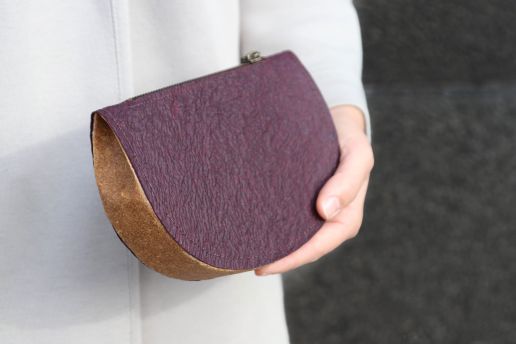
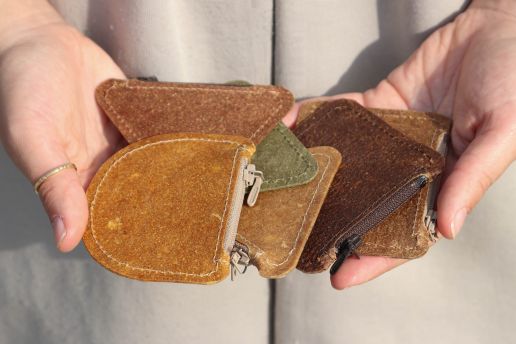
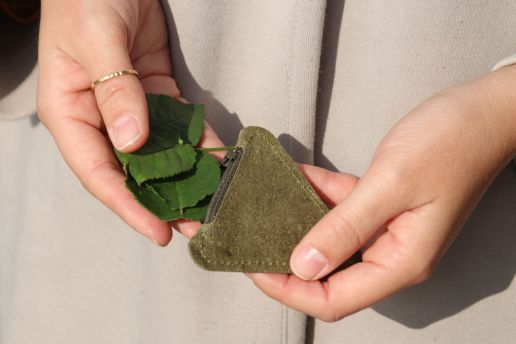
Please find more infos about SUSTAINABLE INNOVATIONS in our newest interview with Simon Angel, Curator of the Sustainable Innovations Forum, and in the article about the project #1 ‘Biotic’:
Interview about Pre-Creation, -Action and -Connection in the fashion industry >>
Sustainable Innovations SS23 #1: Bacteria to wear by Lionne van Deursen >>
—————————————————————-


